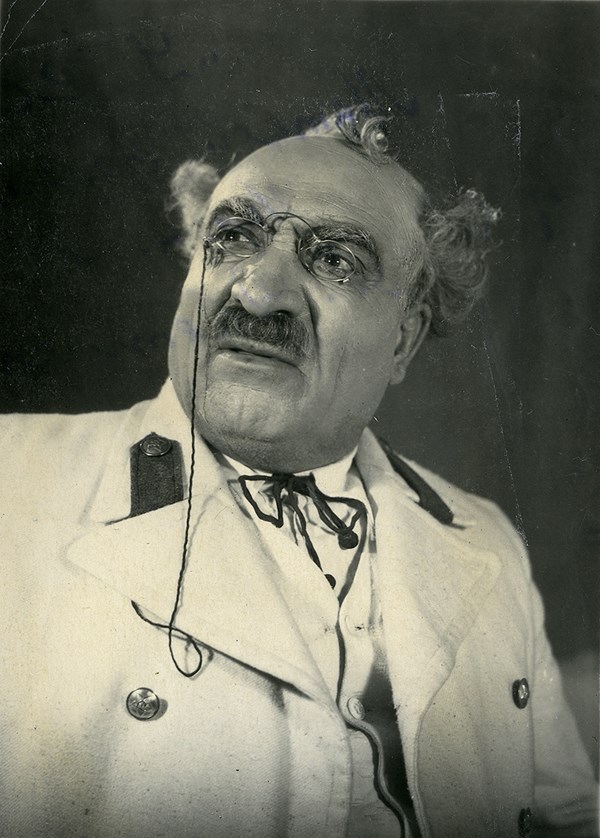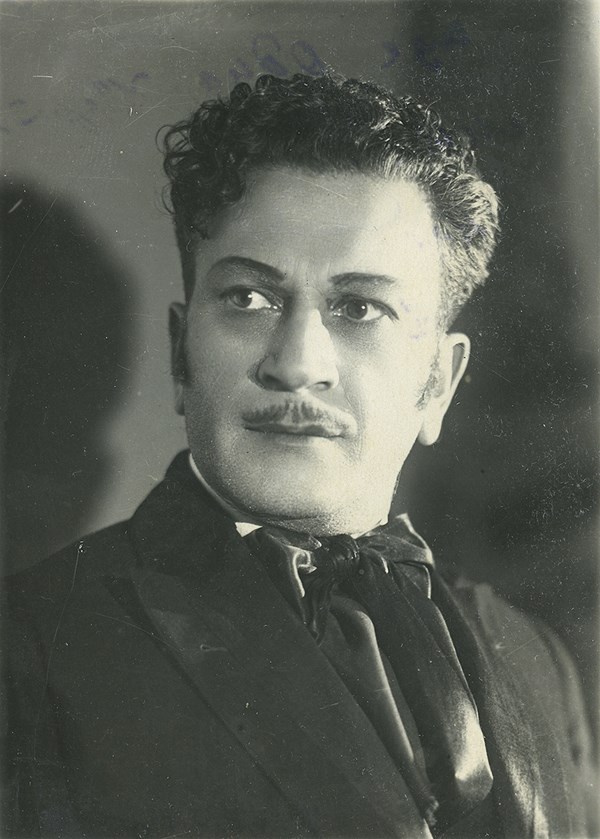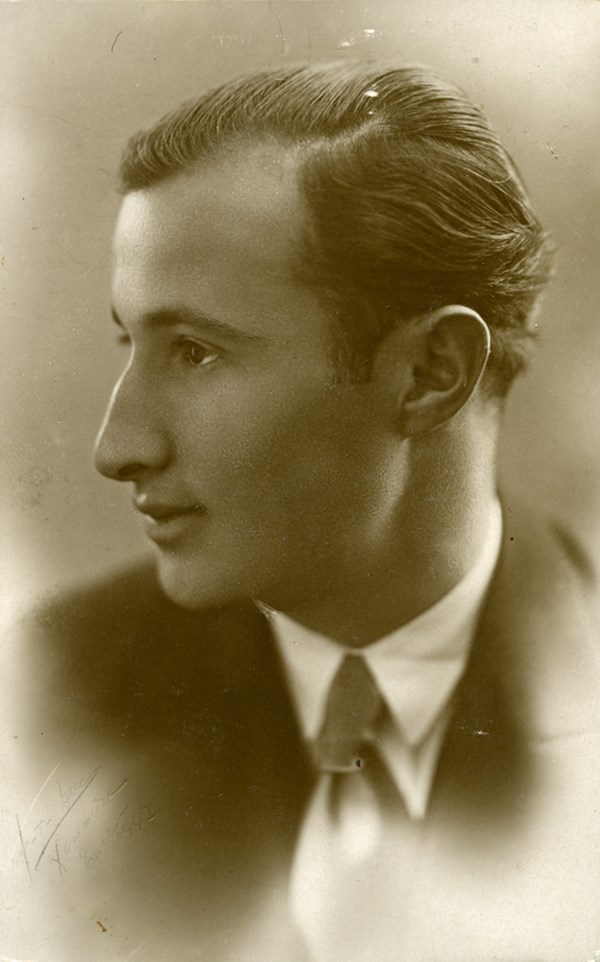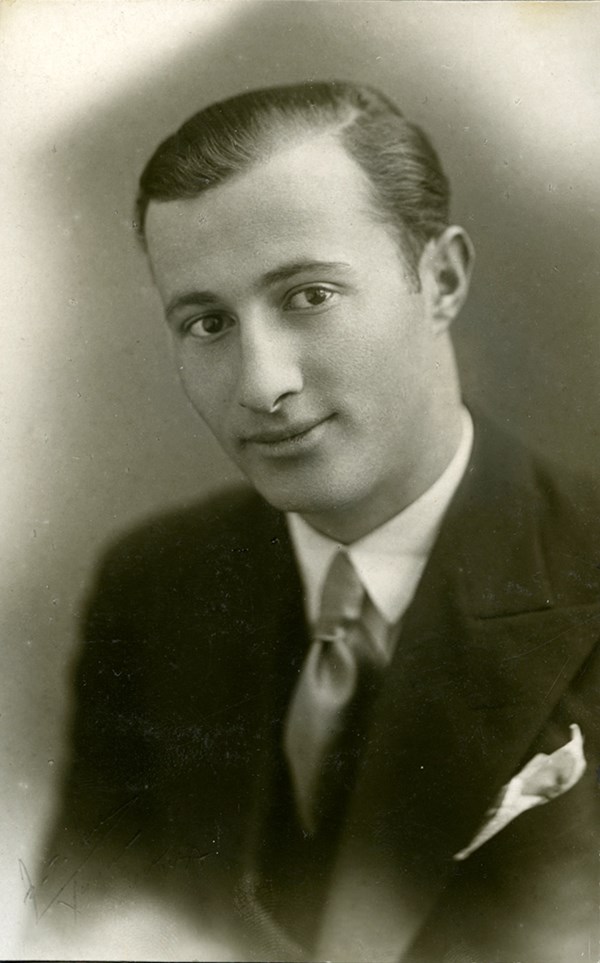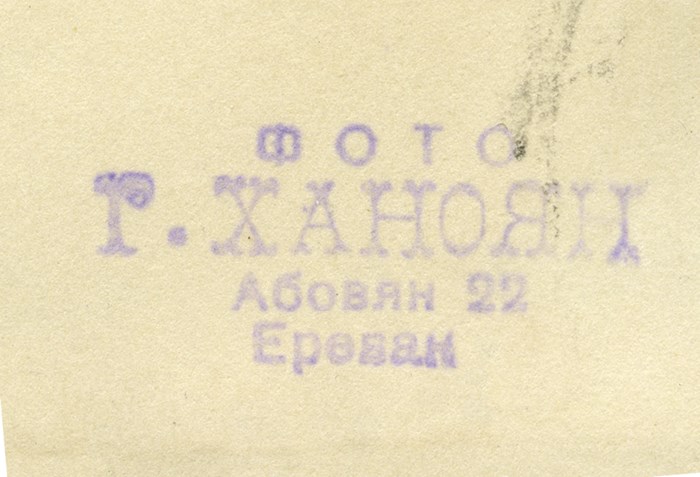
Gabriel Hovhannesi Khanoyan
1898 - 1982
1930 - 1960s
Right up until the 2000s, the Khanoyan studio located at 12 Abovyan street address in Yerevan, was considered the city’s longest-surviving and most loved photo pavilion.(1) It was founded by Gabiel Khanoyan who had repatriated to Armenia in 1934. According to Vahan Kochar’s biographical dictionary, the photographer had taken part in the 1915 self-defence of Van, after which he emigrated to Russia and got a chance to specialise in photography as an apprentice to photographer Braudin.(2) Khanoyan photo-studio opened its doors in 1937 at what used to be the Officer’s house.(3) Soon, the establishment achieved wide recognition thanks in particular to its portraits of cultural figures, which were reproduced and distributed in the form of photo-postcards. This voluminous portrait series presented almost all notable artistic figures working in Armenia between the 1930s-70s, including Avetik Isahakayan, Vahram Papazyan, Hrachya Nersisyan, Avet Avetisyan, Davit Malyan, Aram Khachaturyan, Hovhannes Shiraz, Paruyr Sevak and others. As an official photographer, Khanoyan also worked at the Sundukyan State Drama Theatre where he shot not only headshots for the actors, but also created vast photographic documentation of the actual performances, which are of unique historical import today.
The extended collaboration with the theatre left a profound mark on Khanoyan’s art. His portraits are typified by an unabashed theatricality of the mise-en-scene, dramatically strong lighting transitions as well as the intent of bestowing his sitters with sharply pronounced literary characterisations. Accidental details and the physical faults of the subjects were carefully removed through retouching, while the black and white photographs were often coloured by hand according to the highly popular custom of the times.(4) However, in contrast to the work of Armenian commercial studio photographers working in Egypt and Europe, the glamour portraits made by Khanoyan were almost completely devoid of the eroticism inherent to this genre. In tandem to his work in the pavilion, Khanoyan also practiced as a street and documentary photographer, fixing many of Yerevan’s slowly disappearing old quarters and major public events. He is one of the few local photographers in Armenia to have been widely praised by contemporaries as an ‘artist’.
From the 1950s onwards, the studio’s day to day running was gradually given over to Gabriel Khanoyan’s nephew, Onnik (Hovhannnes) Harutyunyan. Despite this development, the studio continued operating under Khanoyan’s name, also keeping the style popularised by him. In the early 2000s, the historic building on 12 Abovyan street was partially demolished and the Khanoyan photo-pavilion relocated to a newly built location close by, on Pushkin street. It is operated by Onnik Harutyunyan’s son, Armen Khanoyan. According to the latter, the studio’s archive contained over 6000 glass and 35mm film negatives. Recently, the Khanoyan family decided to give this priceless collection to the Yeghishe Charents Museum of Literature and Arts.
1)The studio’s foundation date differs in various sources and testimonies. For a relatively more reliable date, we have used the information published in Vahan Kochar’s biographical dictionary.
2) Vahan Kochar, Hay Lusankarichner [Armenian Photographers, in Armenian], self-published, Yerevan, 2007, p.179
3)This historic building was located on what is now Vazgen Sargsyan street. It was completely destroyed in the early 2000s to be replaced by a multi-functional business centre.
4)Khanoyan’s studio continued to produce hand-coloured photographs, even when colour technology was already long available in Armenia.
Nationality
Armenian
Region
USSR, Armenia
City
Yerevan
Studio
Khanoyan
Activity
studio, documentary
Media
analogue photography
Bibliography
Kochar, Vahan. Hay Lusankarichner [Armenian Photographers, in Armenian], self-published, Yerevan, 2007, p.179
Collections
Lusadaran Armenian Photography Foundation, Yerevan; Ye. Charents Museum of Literature and Arts, Yerevan
